22 Unhealthy Diet Trends That Are Actually Harmful To Your Health

Some trends promise quick results—but they could be wrecking your health in the process. From social media fads to extreme eating plans, diet trends often go viral for all the wrong reasons. While some start with good intentions, others can lead to nutrient deficiencies, hormonal imbalances, or even long-term damage. Here are 22 popular diet trends you should be cautious about—or avoid altogether.
1. The Cotton Ball Diet

Did you know some people resort to eating cotton balls soaked in juice to curb hunger? While it sounds bizarre, the Cotton Ball Diet gained traction despite its life-threatening risks.
Choking and digestive blockages are just the beginning of the dangers. Imagine fibers causing havoc in your intestines!
This fad leaves your body starving for real nutrients, and the thought of it alone should deter anyone. It’s a stark reminder of how desperation can lead to poor choices, often fueled by a desire for quick weight loss without considering the grave consequences.
2. The Tapeworm Diet

Ingesting a parasitic worm sounds like something from a horror movie, yet the Tapeworm Diet was shockingly real.
This grim weight-loss method involved swallowing tapeworm eggs, aiming to shed pounds as the parasite consumed food inside your gut.
Though the idea might be stomach-churning, its real danger lies in malnutrition and severe health complications. It’s a drastic, reckless gamble with one’s well-being, showcasing the lengths people might go for a slimmer figure. The Tapeworm Diet exemplifies desperation’s dark side, where the pursuit of thinness overrides common sense.
3. Juice Cleanses
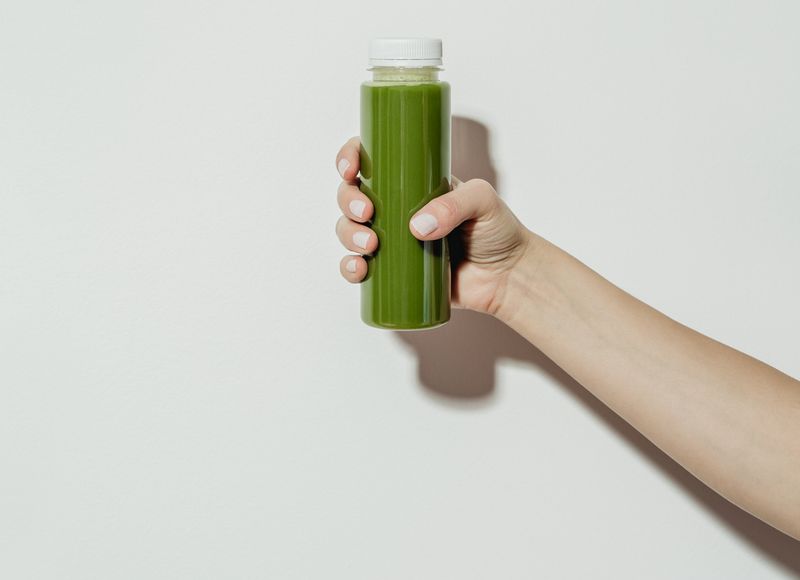
Juice cleanses often allure with promises of detoxification, yet they strip the body of essentials like protein, fiber, and healthy fats.
Imagine surviving solely on liquid and missing out on crucial elements your body needs to function.
Extended cleanses might leave one feeling „clean,‟ but they often result in fatigue and muscle loss. While a refreshing juice is delightful, it should complement a balanced diet, not replace it. The trend highlights how easily people can be misled by the appeal of a “quick fix” without realizing the underlying losses.
4. Master Cleanse (Lemon Detox)

The Master Cleanse, or Lemon Detox, lures with simplicity: lemon juice, maple syrup, and cayenne pepper. Yet, this combination cannot sustain the body.
Lacking nutrients, it often leads to muscle degradation and erratic blood sugar levels.
This extreme diet showcases how restrictive approaches can backfire, causing more harm than good in pursuit of health or beauty. The cleanse’s popularity reflects a trend where simplicity is mistaken for effectiveness, ignoring the importance of balanced nourishment. It’s a reminder to think critically about what we put into our bodies.
5. The Cabbage Soup Diet

Endless bowls of cabbage soup might sound comforting, but relying solely on it for weight loss is misguided.
While the diet promises rapid results, it often results in water weight loss, leaving essential nutrients behind.
This trend exemplifies a common pitfall: confusing short-term loss with sustainable health. The lack of variety starves the body of critical vitamins and minerals. A diet should enrich, not diminish, well-being. The Cabbage Soup Diet is a cautionary tale of how monotony in eating can lead to deficiencies and dissatisfaction.
6. Raw Food Only Diet

Embracing raw fruits and vegetables may sound virtuous, but excluding all cooked foods can be problematic.
The Raw Food Only Diet might lead to nutritional gaps, as not all nutrients are accessible in raw form.
Additionally, digestion can be taxing without cooked elements to aid the process. Though the idea promotes purity, it can backfire, causing unnecessary strain on the digestive system. The trend underscores a misunderstanding of balance, where raw and cooked foods should coexist to provide comprehensive nourishment rather than exclusion.
7. Carnivore Diet
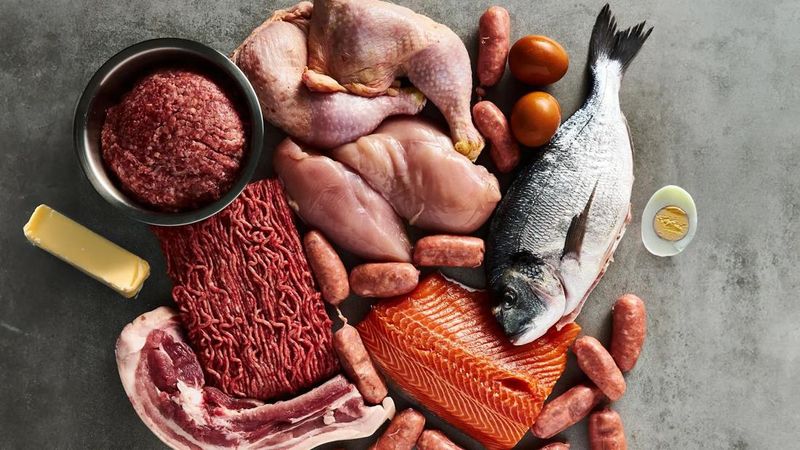
Picture a diet composed entirely of meat. While it might sound appealing to some, the Carnivore Diet overlooks essential plant-based nutrients.
Over time, this can lead to high cholesterol, digestive troubles, and vitamin imbalances.
The exclusive focus on meat reveals a misunderstanding of dietary balance, where diversity is key to health. This trend highlights how an extreme approach, though seemingly masculine or primal, can have unintended consequences. It’s a call to appreciate the full spectrum of foods that sustain us, not just the protein-rich ones.
8. Baby Food Diet

Swapping regular meals for baby food jars may sound quirky but lacks the calories and nutrients adults need.
The Baby Food Diet might temporarily simplify eating, yet it disrupts metabolism and leaves one unfulfilled.
This trend reflects a desire for ease without considering adult nutritional needs, showcasing how convenience can mislead dietary choices. Adults require a more substantial intake, and while baby food is nutritious for infants, it doesn’t suffice for grown individuals. It’s a fad that trivializes adult dietary requirements, often at the expense of health.
9. Apple Cider Vinegar “Detox”
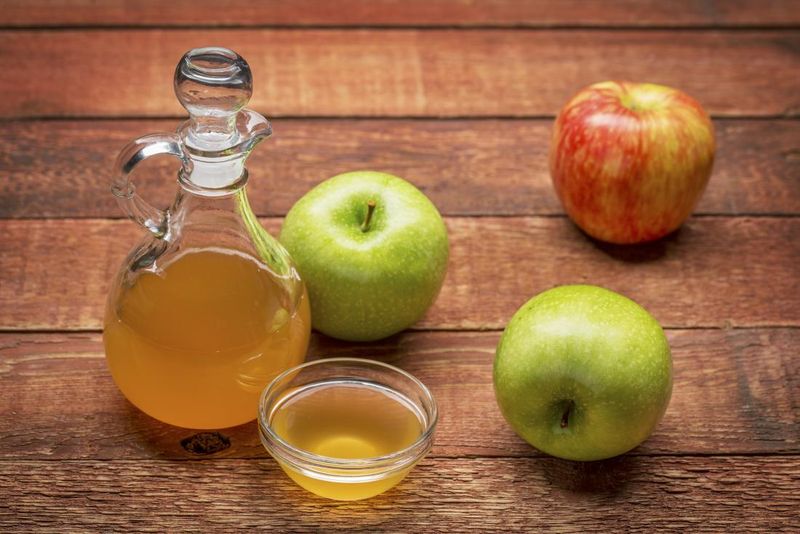
Apple cider vinegar has become a household staple for health enthusiasts, yet excessive consumption as a “detox” can be detrimental.
Drinking large quantities can damage enamel, irritate the esophagus, and upset the stomach.
The trend reflects a misconception of detoxing, where more is mistakenly considered better. This fad underlines the need for moderation and critical thinking in health practices, where beneficial items shouldn’t be overconsumed. It’s a reminder that well-known remedies still require responsible use to prevent unintended health issues.
10. Alkaline Diets
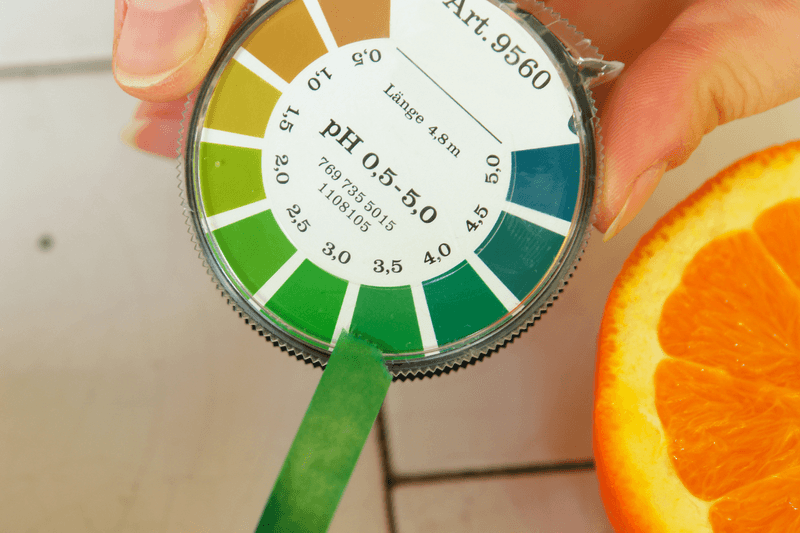
The Alkaline Diet proposes that altering body pH through food can enhance health, yet science disagrees.
The idea lacks evidence, as the body naturally regulates its pH balance.
This trend spotlights how pseudoscience can gain traction, creating myths around diet and health. While eating more fruits and vegetables is beneficial, it should be for their nutrients, not false promises. The allure of control over body chemistry is compelling but unfounded. It’s a lesson in distinguishing between scientific consensus and dietary fiction for genuine wellness.
11. HCG Diet

Combining hormone injections with a drastically low calorie intake forms the controversial HCG Diet.
Though it promises quick weight loss, it risks serious hormonal disruption and nutrient deficiencies.
The diet reflects a dangerous willingness to manipulate body chemistry for aesthetic goals, often disregarding long-term wellness. Misguided perceptions of beauty and health intersect here, where drastic measures overshadow balanced living. It’s a cautionary narrative about valuing appearance over substance, reminding us to prioritize sustainable health over fleeting results.
12. Military Diet

The Military Diet boasts rapid weight loss through a fixed, low-calorie plan over three days.
While appealing for its simplicity and structure, it often leads to rebound weight gain and fatigue.
This trend exemplifies the pitfalls of rigid dieting, where temporary success masks the unsustainability of such methods. The desire for immediate results often blinds one to the necessity of long-term health strategies. It’s a sobering reminder that real change demands patience and adaptability, not just adherence to strict, short-lived regimens.
13. Breatharianism

Breatharianism professes survival without food, relying solely on air and light, leading to severe malnutrition or worse.
This extreme ideology reflects an ascetic pursuit of purity at the cost of health and sanity.
The belief showcases how misguided spiritual practices can have dire physical consequences, often neglecting the body’s fundamental needs. It’s a stark illustration of how extreme beliefs can lead to dangerous outcomes, reminding us that nourishment is both a physical and spiritual necessity. Balance, not extremity, is key to true wellness.
14. Extreme Intermittent Fasting

Intermittent fasting has its merits, yet its extreme versions, like 24- or 36-hour fasts, pose risks.
Such fasting can disturb hormones, especially in women, and lead to energy depletion.
This trend highlights how moderation is often lost in the pursuit of rapid results, where the body’s natural rhythms are disrupted. It reflects the importance of listening to one’s body rather than adhering to rigid schedules. A reminder that fasting, when done thoughtfully, can be beneficial, but extremism often undermines its potential benefits.
15. Keto Without Medical Supervision
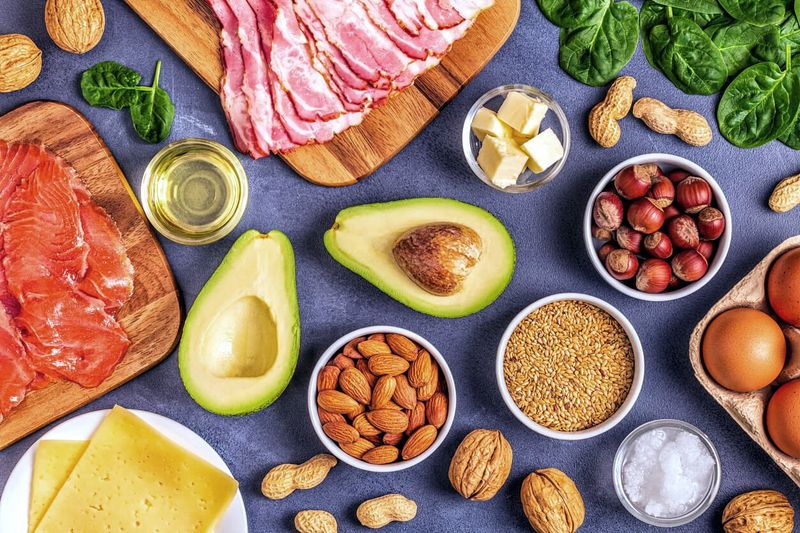
The popularity of the Keto Diet is undeniable, yet undertaking it without professional guidance can strain the liver and raise cholesterol.
This high-fat, low-carb regimen might work for some, but long-term use requires oversight to prevent imbalances.
The appeal lies in quick weight loss, but the lack of medical supervision can lead to unintended health issues. It’s an example of trends where individual needs are overlooked for the sake of uniform results, emphasizing the necessity of personalized dietary approaches for safety and effectiveness.
16. Low-Fat Everything
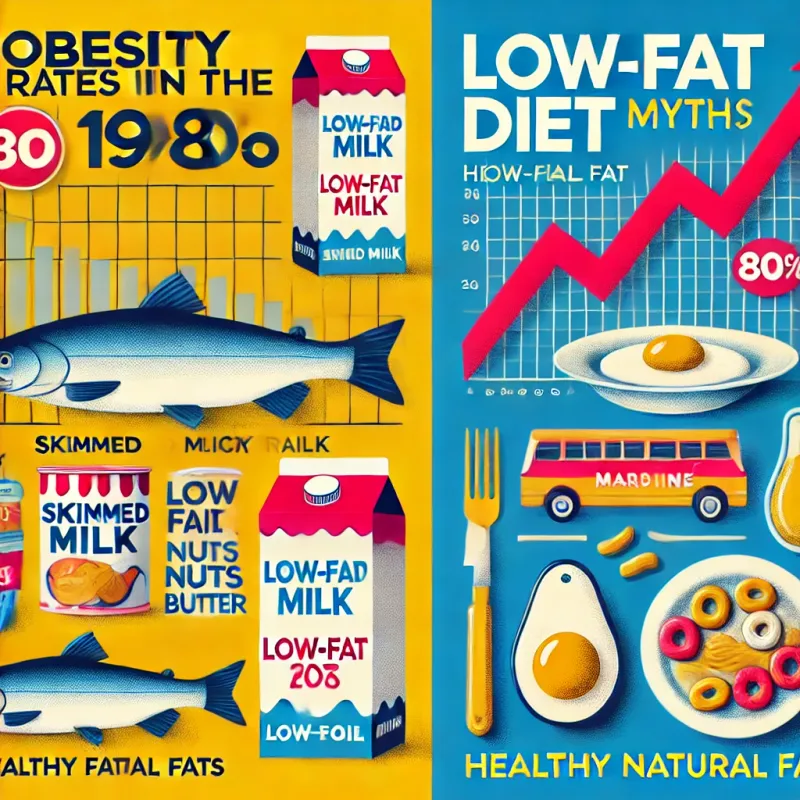
The crusade against fats led to a surge in low-fat products, yet not all fats are bad.
Cutting too much can harm hormone production and nutrient absorption, leaving the body imbalanced.
This diet trend highlights the myth that less fat equals better health, ignoring the complexity of dietary needs. It’s a call to recognize the varying roles of different fats, where moderation and choice matter. The Low-Fat trend serves as a historical lesson in oversimplification, where nuance is essential in crafting a healthy diet.
17. Detox Teas and Flat Tummy Teas
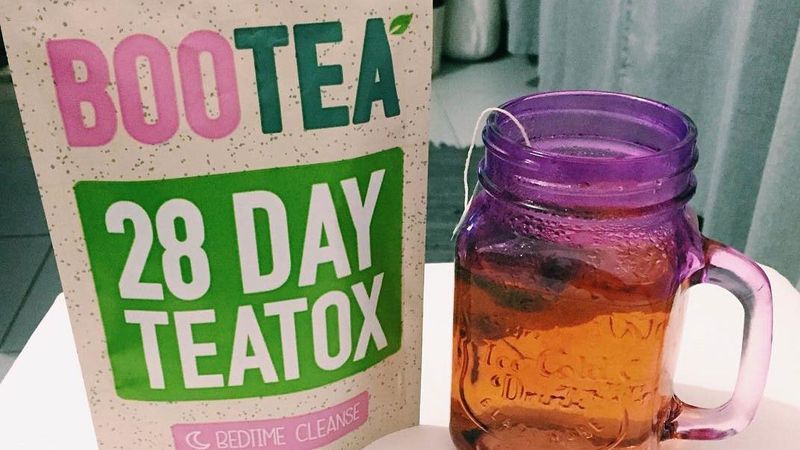
Detox and flat tummy teas often claim miraculous weight loss, yet they mostly act as laxatives.
These teas can cause dehydration, bloating, and dependency without delivering genuine fat loss.
The trend reflects a cycle of quick fixes, where the perceived benefits mask the underlying issues. It’s a reminder that health cannot be achieved through shortcuts, and the body requires more than temporary solutions. The allure of detoxification is strong, but real wellness demands consistency and comprehensive care, not just a tea bag’s promise.
18. Gluten-Free for No Reason
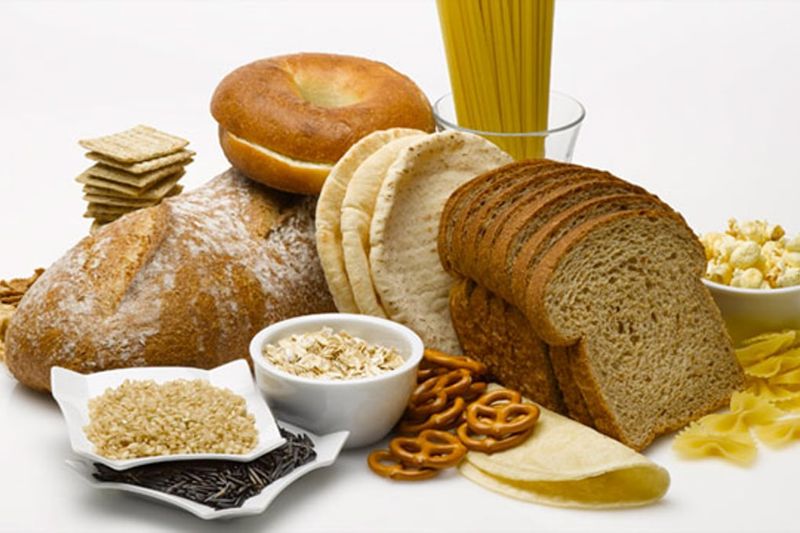
Going gluten-free without medical need has become trendy, yet it can reduce fiber and nutrient intake.
This unnecessary restriction often leaves one missing out on whole grains’ benefits without added advantage.
The trend exemplifies how dietary choices can be influenced by fads rather than necessity. It’s a reminder to consider personal dietary needs over popular trends, where gluten-free should benefit those with sensitivities, not serve as a blanket solution. Thoughtful choices, not trends, should guide eating habits for true health.
19. “What I Eat in a Day” Copycat Diets

Social media influencers often share “What I Eat in a Day,” but copying these diets can lead to malnutrition.
These creators aren’t dietitians, and mimicking their habits might foster unhealthy relationships with food.
The trend illuminates how influence can overshadow expertise, where viewers may adopt unsuitable diets. It’s a call to prioritize personalized nutrition over emulation, emphasizing the need for credible guidance. The allure of following admired figures should be tempered with critical thinking, ensuring health isn’t compromised for the sake of imitation.
20. Liquid-Only Diets

Relying solely on liquid meals like smoothies can deprive one of chewing, fiber, and satisfaction.
Liquid-Only Diets often lack the sustainability of balanced eating, leaving individuals unfulfilled.
The trend reflects a misunderstanding of convenience versus health, where liquid simplicity cannot replace the richness of a varied diet. It’s an exploration of how modern life’s demand for efficiency can misguide dietary practices, often at the expense of long-term wellness. Solid foods and their textures play a vital role in satiety, reminding us of the need for variety.
21. Fruit-Only Diet (Fruitarianism)
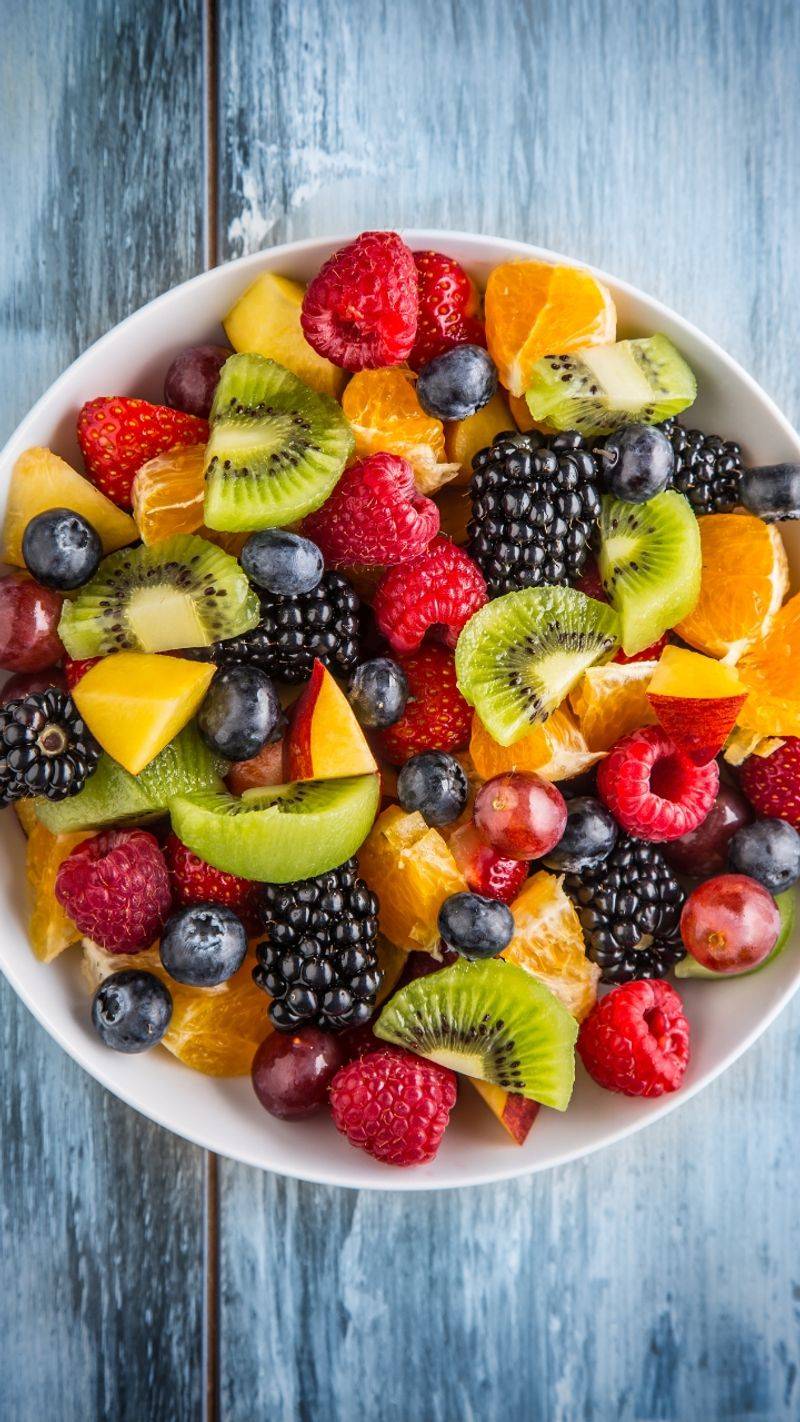
Fruitarianism celebrates fruit yet overlooks protein, fats, and essential minerals.
While fruit is vital, an exclusive focus leads to nutrient imbalances and potential health issues.
The trend highlights the allure of purity in eating but neglects the balance needed for well-being. It’s a reminder that even natural foods require moderation and variety to support health. The fruit-only approach showcases how good intentions can lead to unexpected results, urging a more holistic view of nourishment where all food groups are appreciated.
22. Eating Clean to an Obsessive Degree (Orthorexia)
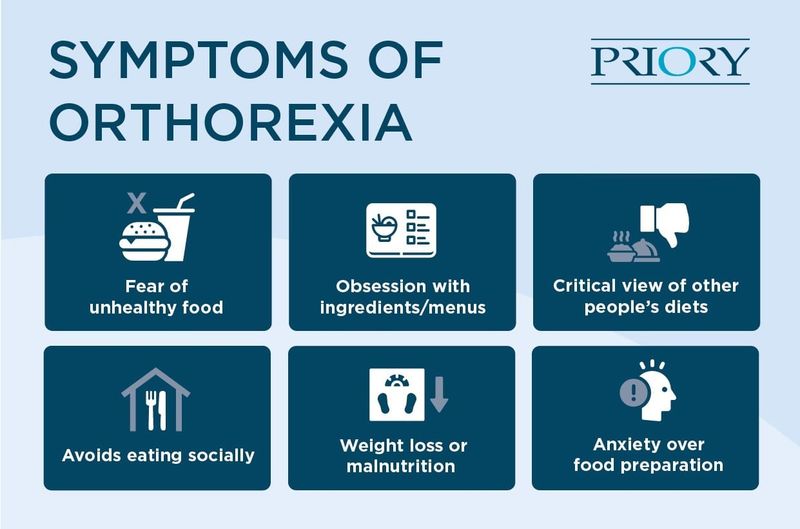
Orthorexia, an obsession with “eating clean,” can lead to anxiety and isolation.
While healthy eating is commendable, extreme focus on purity often results in restrictive disorder.
This trend reveals how a well-intentioned pursuit of health can spiral into rigidity, impacting mental and social well-being. It’s a cautionary tale of how balance, not obsession, fosters genuine health. The desire for perfection can overshadow the joy of food, reminding us that health includes flexibility and enjoyment, not just constraint and control.
